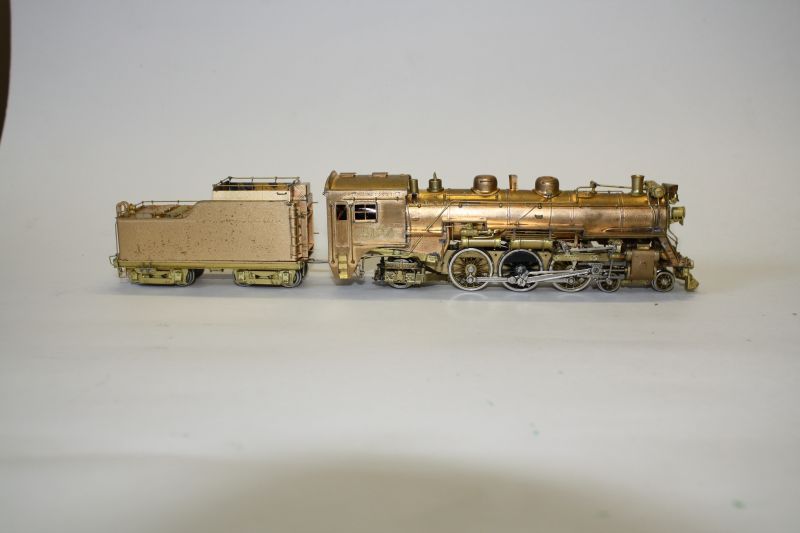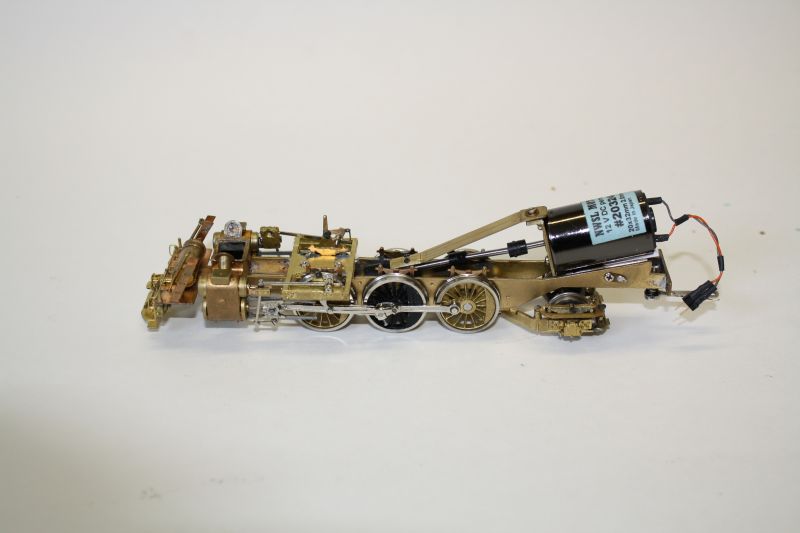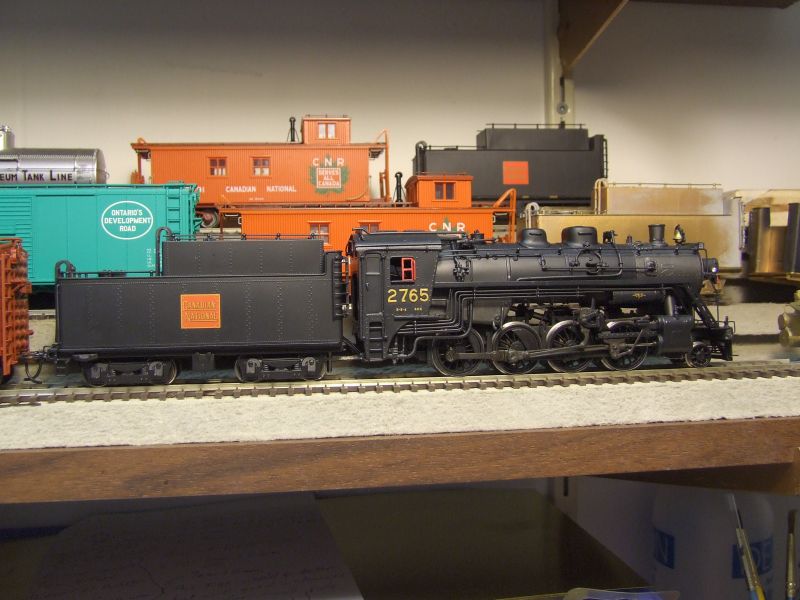09-14-2009, 06:27 PM
Well I was hoping to have posted a few projects I was hoping to complete this summer but it seems my plans to get a lot of projects done were doomed before they even got started.  The house we live in and rent was put up for sale so we decided to see about buying a house. Well needless to say finding one with a good basement or a suitable spare room for a decent sized layout proved to be hard. So with winter not that far off and the house were living in off the market now we have decided to stay put to spring. This means I can finally get some quality time in my shop.
The house we live in and rent was put up for sale so we decided to see about buying a house. Well needless to say finding one with a good basement or a suitable spare room for a decent sized layout proved to be hard. So with winter not that far off and the house were living in off the market now we have decided to stay put to spring. This means I can finally get some quality time in my shop. 
My last big project was my brass Canadian National N-5-d 2-8-0 rebuild complete with DCC & sound.

I did manage to start and finish another locomotive rebuild. A brass Canadian National J-4-e Pacific. This one also got DCC & sound. I was going to post the rebuild on the 4-6-2 but a crash of the hard drive on my laptop computer left me with no photos. Now it was not a big loss as there was not much work to be done on it. I installed a new gearbox, can motor, new drivers for the #1 and #2 axles and fixed a few bad solder joints.


Wayne Reid
 The house we live in and rent was put up for sale so we decided to see about buying a house. Well needless to say finding one with a good basement or a suitable spare room for a decent sized layout proved to be hard. So with winter not that far off and the house were living in off the market now we have decided to stay put to spring. This means I can finally get some quality time in my shop.
The house we live in and rent was put up for sale so we decided to see about buying a house. Well needless to say finding one with a good basement or a suitable spare room for a decent sized layout proved to be hard. So with winter not that far off and the house were living in off the market now we have decided to stay put to spring. This means I can finally get some quality time in my shop. 
My last big project was my brass Canadian National N-5-d 2-8-0 rebuild complete with DCC & sound.
I did manage to start and finish another locomotive rebuild. A brass Canadian National J-4-e Pacific. This one also got DCC & sound. I was going to post the rebuild on the 4-6-2 but a crash of the hard drive on my laptop computer left me with no photos. Now it was not a big loss as there was not much work to be done on it. I installed a new gearbox, can motor, new drivers for the #1 and #2 axles and fixed a few bad solder joints.
Wayne Reid




 Way to pricey for me. I have a frame with drivers, valve gear, side rods ect for one but was never able to find the other 80% of the locomotive at swap meets.
Way to pricey for me. I have a frame with drivers, valve gear, side rods ect for one but was never able to find the other 80% of the locomotive at swap meets. 

![[Image: 1210022.jpg]](http://i293.photobucket.com/albums/mm49/cnnutbar48/1210022.jpg)
![[Image: 1210014.jpg]](http://i293.photobucket.com/albums/mm49/cnnutbar48/1210014.jpg)
![[Image: 111016-2.jpg]](http://i293.photobucket.com/albums/mm49/cnnutbar48/111016-2.jpg)